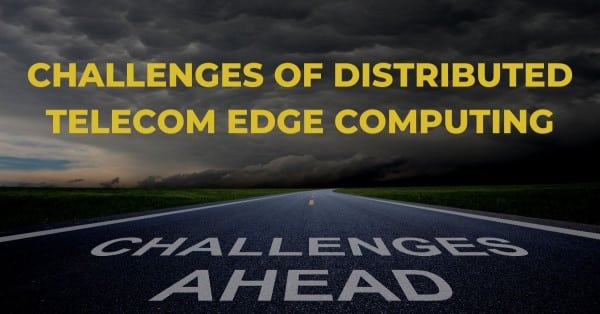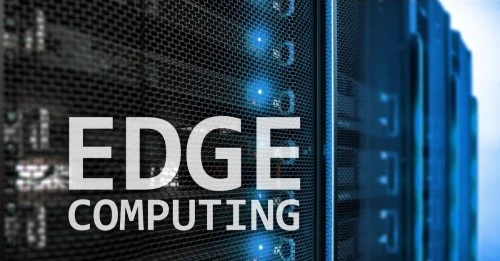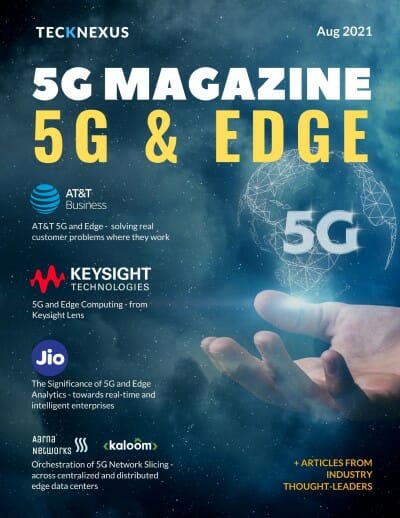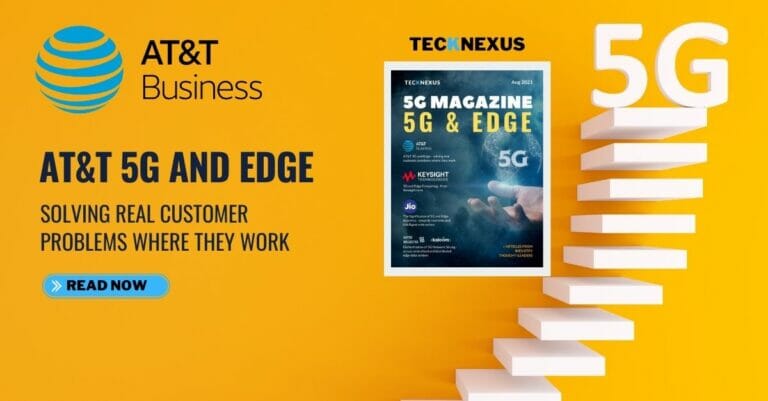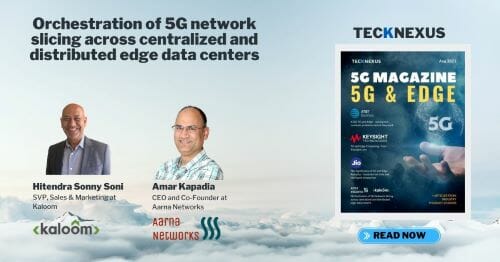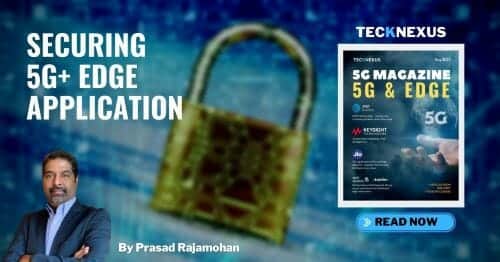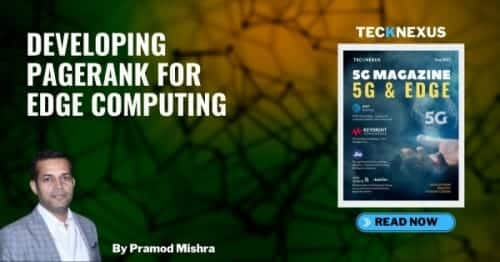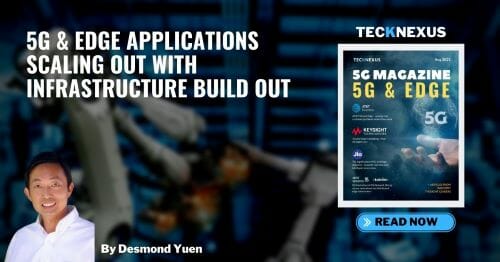As we move towards a society with ever-increasing connectivity and more data generated by things & people, organizations strive to find new ways to process, store and act on this acquired data. One of the essential elements of this ecosystem is cloud or on-premise networks, where most of the workload of any application is executed. One of the main reasons for the poor performance of any application is linked with the time taken by data packets moving back and forth between the user equipment and the compute area. From this point of view, the most significant difference in the experience of any application is created by latency. It is essential to define what we refer to when we say latency. Latency is a measurement of how much time it takes for a data packet to move from its point of origin to its destination point.
The traditional computing paradigms adopted by most of the public cloud computing are mostly centralized computing models. Linearly expanded cloud computing services cannot efficiently handle the massive data and computing tasks generated by exponentially growing edge devices. It faces problems such as real-time, accumulation, and bandwidth occupation. Edge computing can also fulfill this need by distributing workloads closer to digital interactions, allowing organizations to enhance customer experiences and harness growing data volumes for actionable insights. The increasing demand for edge computing has resulted in many new solutions from service providers.
However, these solutions often focus on a single component rather than the integrated technologies needed for edge computing. The value of edge computing comes from the data and technologies that adapt to evolving needs. Therefore, to meet the needs of real-time operation, low latency requirements, and high quality of service (QoS) scenarios, edge computing emerged as an application paradigm of the IoT.
Edge computing relocates critical data processing functions from the center of a network to the edge to a place closer to where data is generated and pushed to end-users. While there are many reasons why this architecture makes sense for specific industries, the most apparent advantage of edge computing is its ability to combat latency. Effectively troubleshooting high latency can often mean the difference between losing customers and providing high-speed, responsive services that meet their needs.
In the new distributed computing paradigm, edge computing facilitates computing and data to be stored and computed closer to edge devices and edge cloud. Hence, edge computing helps change the response time of computing tasks, significantly reducing the pressure on network bandwidth and cloud or on-premise locations and improving service quality for users. Due to its superior performance in delay-sensitive applications, edge computing has become a crucial enabling technology in 5G.
An algorithm that can help offload and redistribute jobs between edge cloud and cloud center can create tremendous value in this job execution. This algorithm can execute similar functionality as what PageRank has done for Google search. The PageRank algorithm measures the importance of each node within the graph based on the number of incoming relationships and the importance of the corresponding source nodes. The underlying assumption, roughly speaking, is that a page is only as important as the pages that link to it.
The PageRank algorithm measures the importance of each node within the graph based on the number of incoming relationships and the importance of the corresponding source nodes. The underlying assumption, roughly speaking, is that a page is only as important as the pages that link to it. The growth of enterprise use cases is inevitably linked with the success of methods and techniques in the edge computing ecosystem. At one end, public cloud companies like AWS and GCP are slowly expanding their edge compute network through partnerships with telecom service providers.
Companies like 5GVector are building such algorithms which can help enterprises to distribute application workloads. Similarly, another innovative company in the Asia region is Nife. Nife is developing an application distribution platform that allows developers to seamlessly deploy applications near end-users directly via the Nife platform or any cloud service provider. Nife executes these applications close to end-users through a mesh of globally connected servers.
The ecosystem of Telco edge cloud is developing fast with various initiatives and collaborations announced by key players in the last 12 months in Asia. This development includes SK Telecom’s recent partnerships with VMware and Dell to offer edge computing in private 5G networking solutions. Singtel is leading the region in telco edge computing with its recent partnership with Microsoft to launch 5G MEC and its work with Ericsson to leverage MEC in its trial 5G SA network. Singtel and Globe (Philippines) are also part of the APAC-focused MEC Task Force launched in January. Other telcos are also collaborating with technology vendors and enterprises to explore and develop enterprise 5G solutions.
The success of such an ecosystem and partnerships will depend on the adoption of their platforms by end-users. Hence, for end-users, enterprises should include edge computing in their ICT roadmap and be more open to collaborating with service providers to explore and co-create new solutions.




